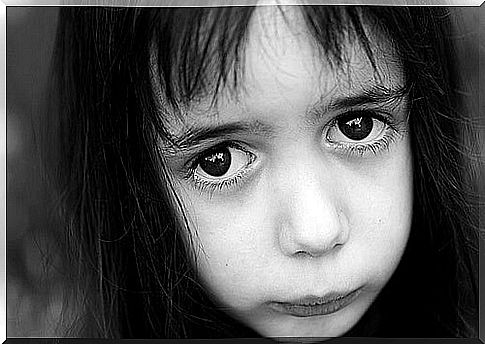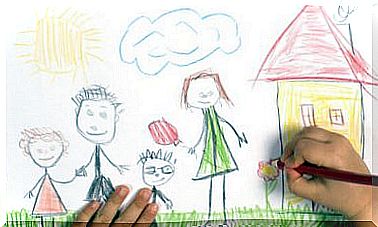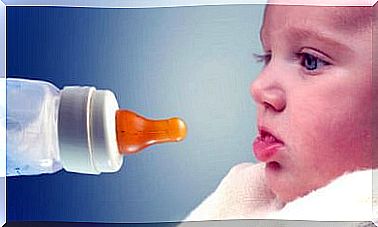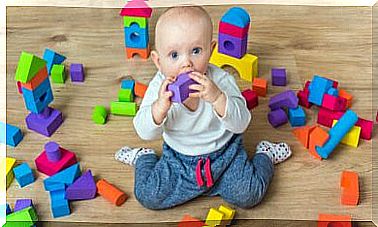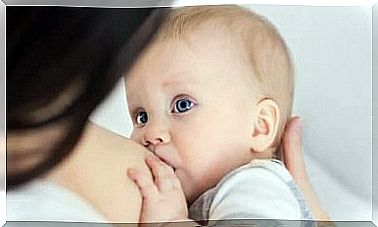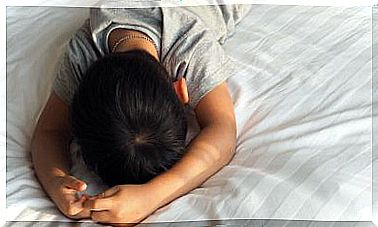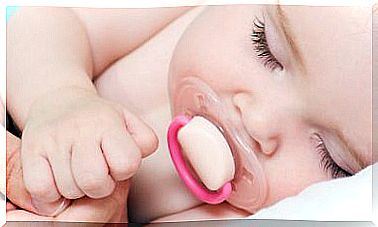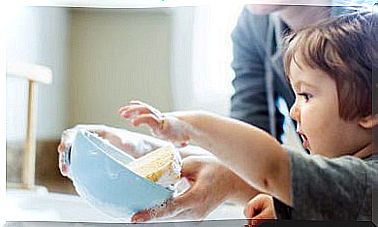Panic Disorder In Childhood
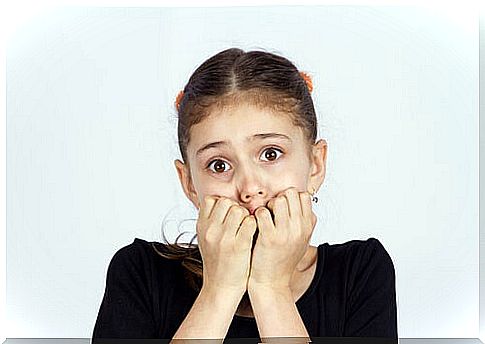
When a child experiences persistent restlessness and great concern about losing life or suffering some kind of harm, it may be a case of panic disorder.
Here’s what you need to know about childhood panic disorder and how you can act on it.
What is panic disorder?
Panic disorder is an intense discomfort that affects both emotionally and physically. The cause can be a real or fictitious threat and usually generates, above all, a feeling of loss of control over oneself. This generates significant changes in children’s behavior.
Panic attacks can be short-lived but the physical consequences can linger in the body for a longer time. It can range from tremors to a seemingly insignificant headache.
On the other hand, although the crisis has passed, the child continues to feel fear and will feel great anxiety at the thought that the crisis may recur.
Although panic disorder usually develops in adolescence, it can also be suffered from childhood. In this sense, anyone is vulnerable.
Causes of panic disorder
Panic disorder does not have a specific cause but a set of variables (both external and internal) that can influence and trigger its appearance and development. On the other hand, each case is different and it is difficult to establish generalizations with the naked eye.
However, those individuals who are under excessive stress, toxic environments, among other difficulties, are more likely to develop panic disorder. EYE! This is not a rule.
It should be noted that, in children, it is considered that panic disorder may be related to:
- Forced separation from their parents.
- Scenic panic.
- Unsafety.
- A phobia (of an animal, of heights, etc.).
- Fear of imaginary issues (which you may have seen on television, heard or read, etc.).
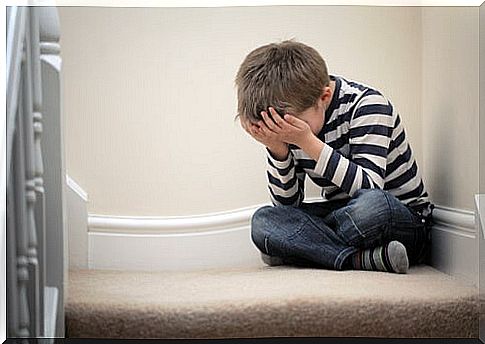
Symptoms of panic disorder
Panic disorder causes the body to somatize the stress caused by being in constant tension. In this sense, the following symptoms are evident:
- Numbness of the extremities (feeling of numbness).
- incrise of cardiac frecuency.
- Sensation of pressure in the chest.
- Difficulty breathing.
- Hot flashes or chills
- Nausea, dizziness
- Hallucinations
- Sweating
- Cramps
- Tremors
- Fainting.
Panic disorder makes it difficult for people to function normally, regardless of age. In the case of children, it can lead to poor school performance and social isolation.
For this reason, it is recommended to seek professional help and try to improve your quality of life. The psychologist will not only listen to your concerns but will provide both (parents and child) with the necessary tools to progressively minimize the impact of the damage caused by the disorder.
How Can Parents Help When There Is Panic Disorder?
Once the professional has confirmed the diagnosis of panic disorder, it will be essential to follow their instructions and try not to question the child about their fears and concerns if it is not necessary.
The idea is to give them security so that they feel they are valued, supported and respected. This implies that we should not make fun of them or label them as “fearful, cowardly, stupid” far from it. On the contrary, we must let them know at all times that, although they feel fear, they can overcome it, little by little.
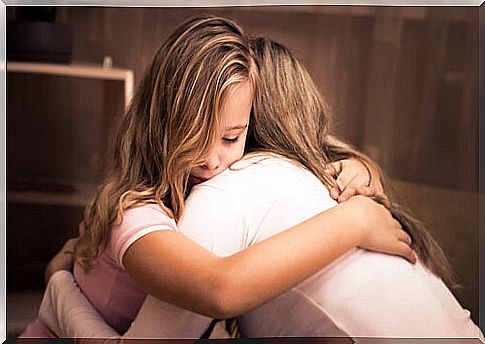
The objective of the parents (or guardians) should be to create an environment of calm and trust around the child. It is important that their needs are paid attention and that we become involved in the therapeutic process in order to provide them with a better quality of life and well-being.
Our advice
- Negative judgments and criticism should be avoided.
- In the face of children’s panic, keep calm and:
- Don’t scold them.
- Don’t blame them.
- Don’t pressure them to “let go” or “face” the fear.
- Do not repress them (as it is counterproductive to ask them not to cry, scream or tremble).
- Maintain a normal tone of voice (there is no need to yell at them) and be polite.
- If necessary, it is a good idea to hold hands and do deep breathing exercises with them until they feel calmer.
- Make eye contact and let them know that they are not alone.
- A hug can help calm them down.
- Accompany him wherever he wants to go without asking about fear.
- It is recommended to keep the child engaged in activities that awaken his creativity and that give him satisfaction.
- Avoid watching violent programs that instill fear or concern.
